Development
This is everything a user sees and interacts with when they click on a link or type in a web address. It is the client-side part of a web application.
Frontend
Front-end is a part of a website, web or mobile application that the user sees and interacts with. It includes the design, layout, graphics, animations, and functionality of the web page.
HTML is used for structuring web content, CSS for styling, TypeScript for writing structured code in JavaScript, JavaScript for creating dynamic and interactive web applications.
A frontend framework is a collection of pre-written code, tools, and libraries used to create the user interface and functionality of a web application or website.
We use: Angular, React, and Vue.Frontend development tools include code editors like Visual Studio Code, version systems like Git, package managers like npm, task runners like Gulp, Grunt, and module bundlers like Webpack and Parcel.
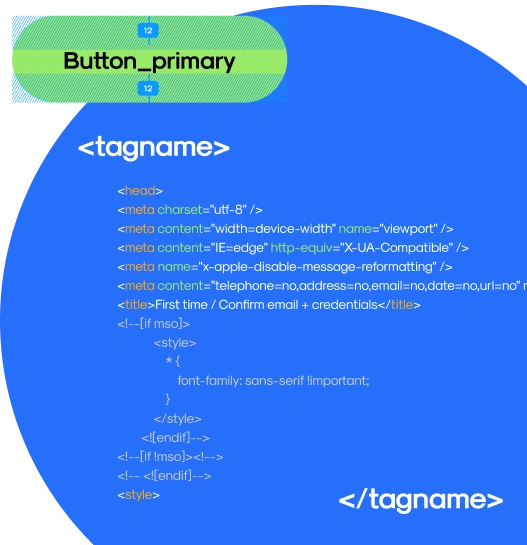
Frontend services

Dynamic prototype
A dynamic prototype models software or websites with interactive elements, allowing stakeholders to experience functionality before full development. It includes clickable elements, animations, and form inputs to test usability and validate functionality.
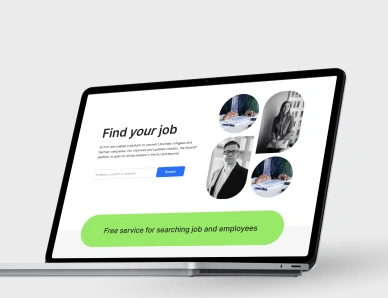
One-side landing page
A one-sided landing page presents all content in a single, long scroll. It's ideal for focused product promotions, marketing campaigns and event registrations, aiming to engage users without navigating multiple pages.
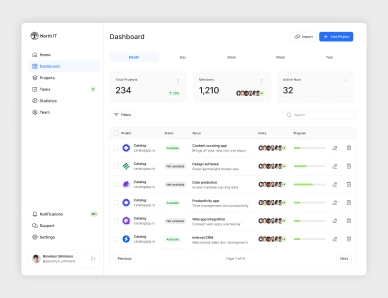
Admin panel integration
Integrating Strapi with a one-sided landing page enables efficient content management. Updates to the landing page content can be made independently of the front-end code, providing greater flexibility and scalability in content management.
Backend
Backend is one of the key components of a web application, responsible for data processing, storage, and execution of operations that should not be displayed to the user. In backend development, we prioritize stability and performance.
Database (PostgreSQL, MySQL)
Enables access to information that can be saved, retrieved and changed. In other words, this is where the data is structured and stored. We have experience with all modern databases, help with the selection of the type, design an efficient architecture according to the project requirements and use indexing and optimised queries.
API
Allows the use of backend's complex functions through simple requests or by creating a connection. Typically, APIs are used by frontends, but sometimes different backend services also communicate with each other. An ideal API consists of convenient, consistent, and well-documented endpoints, which is what we create.
Server Software
Contains all the logic of data processing hidden from users. We build the backend using popular programming languages (Python, PHP, Golang), modern frameworks (FastApi, Django, Laravel), and various other crucial tools, achieving exceptional.


Database management
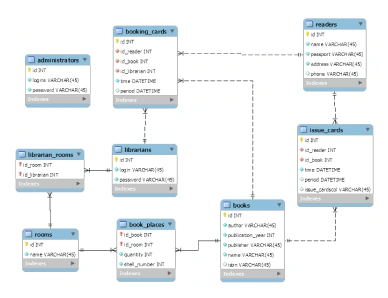
Database Management
This service involves designing, implementing, and maintaining efficient database systems to store and manage data effectively. It includes database architecture design, query optimization, and ensuring data security and integrity.
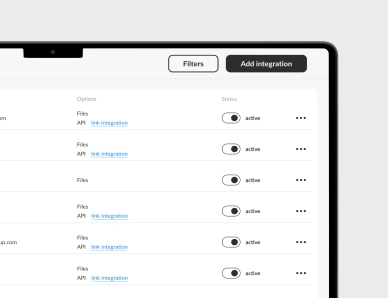
API development & integration
Back-end development services encompass creating robust APIs to facilitate communication between different software systems. It involves designing and developing RESTful or GraphQL APIs and integrating them with various front-end applications or third-party services.

Security and authentication
This service focuses on implementing robust security measures, including user authentication, encryption, and data protection. Back-end developers ensure the confidentiality, integrity, and availability of data by implementing security best practices and standards.
App development
App development involves creating software applications for use on mobile devices like smartphones or tablets. It encompasses the process of designing, building, and testing applications for multiple operating systems to deliver a seamless user experience.
iOS development involves creating applications specifically for Apple's mobile devices, including design, coding, testing, and publishing on the Apple App Store, using Swift or Objective-C.
Android development involves creating applications specifically for Android mobile devices, including design, coding, testing, and publishing on the Google Play Store using Java, Kotlin and XML.
Cross-platform development involves building software that can run on multiple operating systems (e.g., iOS, Android) using a single codebase and development framework.
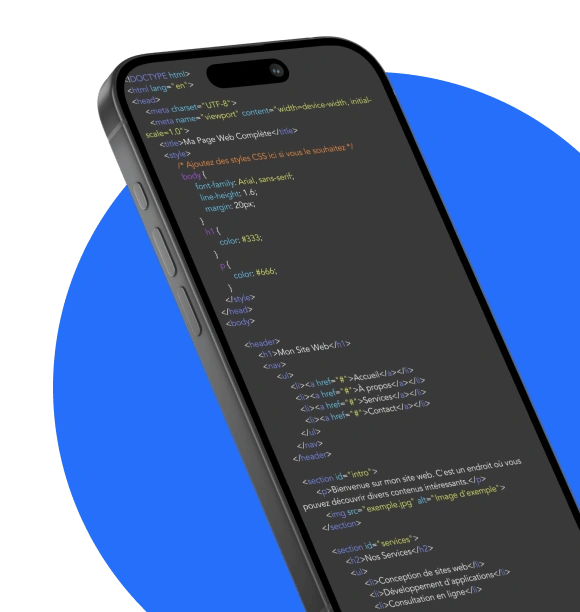
App development services

iOS mobile app
This service involves UI/UX designing. Code in Swift/Objective-C. Implement functionality, integrate APIs. Testing (ensure components function correctly, perform integration testing). Deployment (preparing app, for submitting for App Store review).
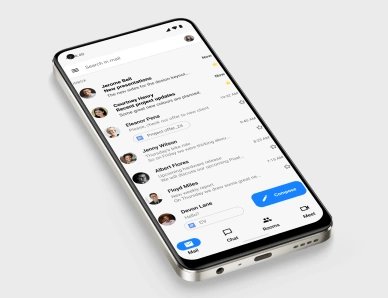
Android mobile app
This service involves UI/UX designing. Code in Java, Kotlin. Implement functionality, integrate APIs. Testing (ensure components function correctly, perform integration testing). Deployment (preparing app, for submitting for Google Play Store review).
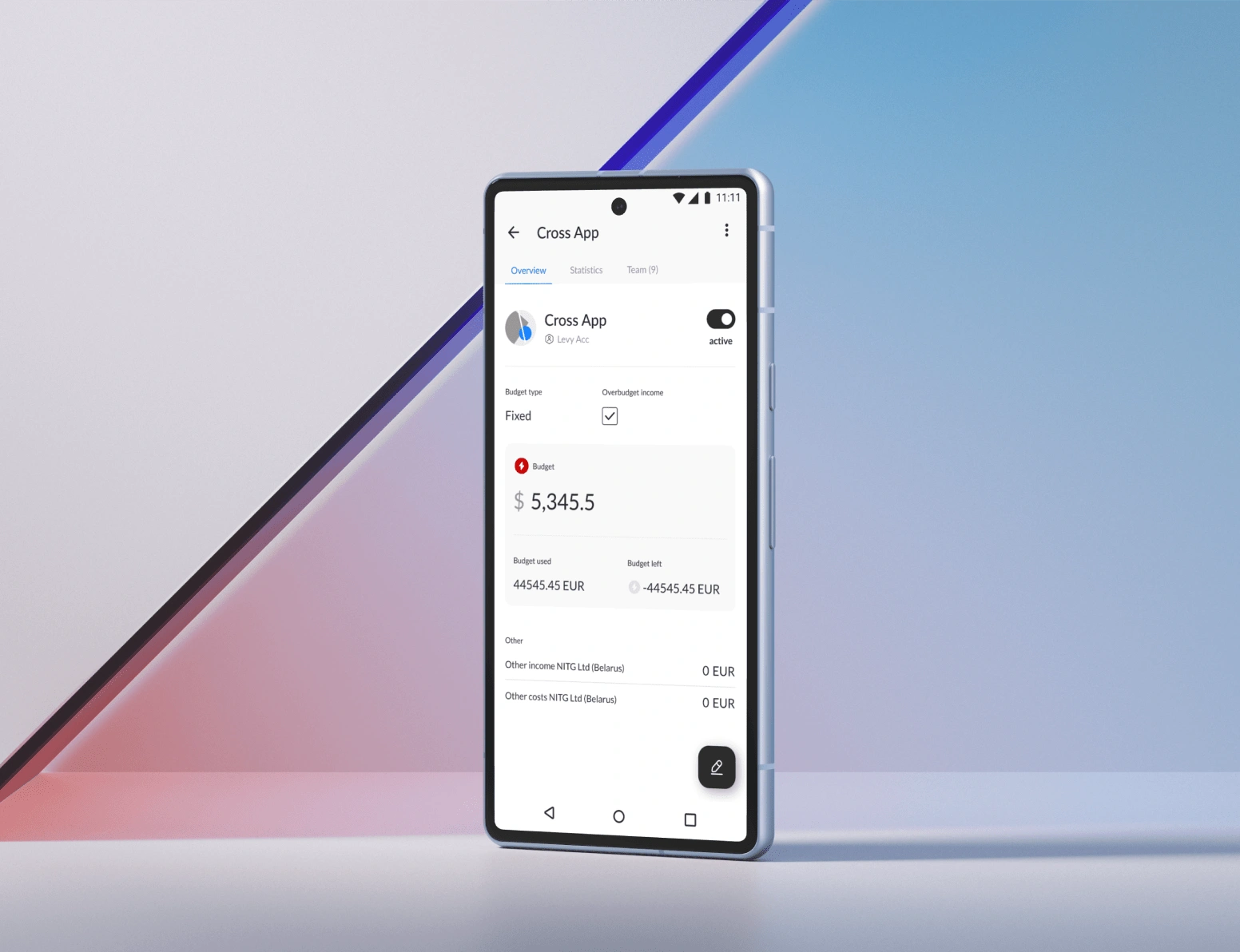
Cross-platform mobile app
This service involves UI/UX designing. Code in Flutter hybrid framework Implement functionality, integrate APIs. Testing (ensure components function correctly, perform integration testing). Deployment (preparing app, for submitting for App Store and Google Play store review).
Testing
Quality Assurance (QA) involves systematic activities to ensure that products or services meet specified requirements and adhere to established quality standards. It emphasizes prevention and continuous improvement.
Types of QA: manual testing, automated testing, performance testing, security testing, usability testing, and regression testing to ensure software quality and functionality.
Tools for QA: management tools TestRail, automation testing tools Selenium, load testing tools JMeter, security testing tools Burp Suite defect management tools JIRA
